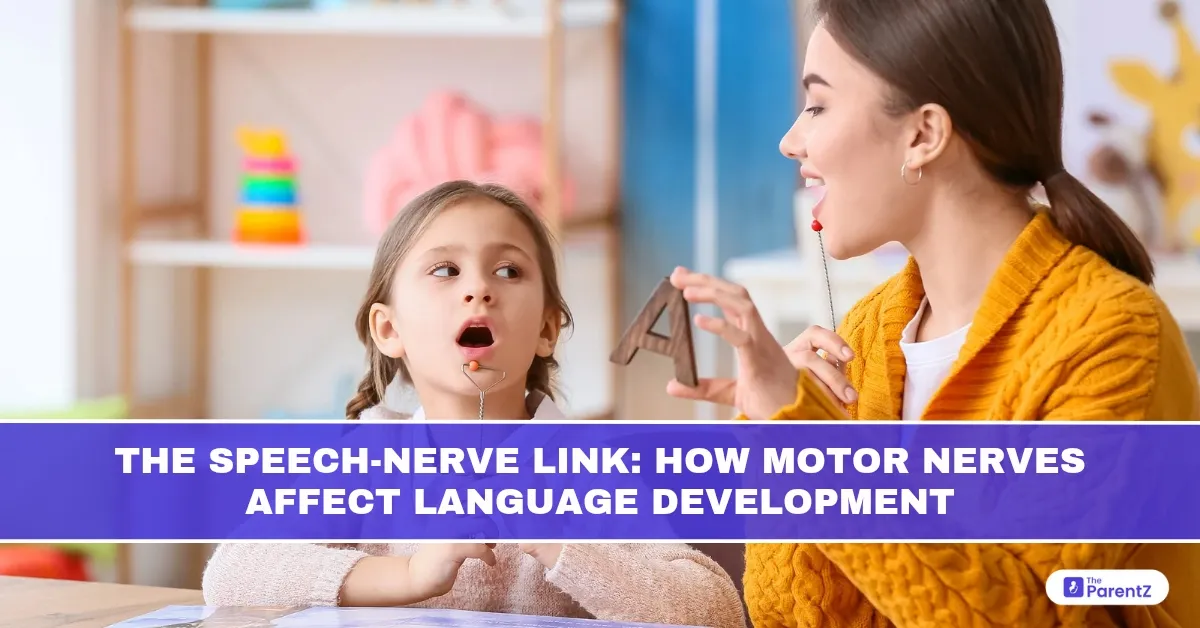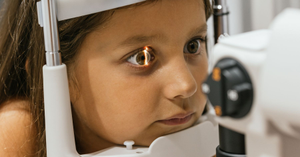It’s Not Just About Words
If you’ve ever watched a toddler trying to say “banana” and ending up with “nana,” you’ve witnessed something magical in motion language learning. But behind those adorable mispronunciations is a complex network of motor nerves working hard to coordinate tiny muscles in the mouth, face, and even hands.
That’s right, speech isn’t just a brain thing. It’s also a nerve and muscle thing. And understanding this connection can help you support your child’s language development in smart, playful ways.
Let’s explore the surprising world of motor nerves and how they play a key role in helping kids go from babbling to full-blown storytelling.
What Are Motor Nerves, Anyway?
Imagine your child’s brain as a busy control tower, and motor nerves as the messengers delivering instructions to muscles.
Motor nerves:
- Send signals from the brain to muscles
- Help control movement and coordination
- Are essential for fine motor skills like writing, holding a spoon—and yes, even talking!
When it comes to speech, these nerves must coordinate dozens of muscles in the lips, tongue, jaw, throat, and chest. It’s a high-speed dance of signals and movement.
How Motor Nerves and Speech Are Linked
To produce speech, children must:
- Plan the word (brain work!)
- Send signals via nerves (motor work!)
- Move muscles in a precise way (muscle work!)
If any part of this process is delayed or disrupted—like a motor nerve not sending the right signal—speech development can slow down or become unclear.
Here’s how motor nerves help with specific parts of speech:
| Speech Skill | Motor Nerve Role |
| Moving the tongue | Hypoglossal nerve controls tongue motion |
| Lip movements | Facial nerve helps pucker, smile, shape sounds |
| Swallowing & breath control | Vagus nerve coordinates throat and breathing |
| Voice production | Recurrent laryngeal nerve manages vocal cords |
Real-Life Example: Why Some Kids Struggle to Say “R”
The “R” sound (like in “rabbit”) is tricky for many kids. It needs:
- Proper tongue placement
- Tight jaw control
- Smooth breath flow
If a child’s motor nerves haven’t fully matured, they might say “wabbit” instead. It’s not just a pronunciation issue—it’s a motor coordination challenge. And that’s okay! Many kids catch up with practice and support.
Early Signs Your Child’s Motor Skills May Be Affecting Speech
Every child develops at their own pace, but some signs might suggest motor-based speech delays, such as:
- Frequent drooling past toddler age
- Difficulty imitating facial expressions or blowing
- Trouble coordinating lips/tongue when eating or drinking
- Slurred or unclear speech after age 3
- Avoiding talking or getting frustrated while trying to speak
These could signal motor speech disorders like childhood apraxia of speech or mild oral motor delays not uncommon and often very treatable with the right help.
What Research Says
According to studies in Frontiers in Psychology and Developmental Neuropsychology:
- Children with strong fine motor control often have better early vocabulary
- Speech and motor development share common neural pathways
- Early movement-based play (like clapping, chewing, or blowing bubbles) can boost both motor and language skills
So when your baby babbles while banging a toy—it’s not just noise. It’s learning in action!
Fun Ways to Support Speech Through Motor Play
Good news: Helping your child’s motor nerves develop doesn’t require therapy sessions or expensive tools. It can be fun, simple, and part of your daily routine.
Here are some motor-based activities that also boost language:
1. Bubble Play
- Blowing bubbles strengthens mouth muscles and breath control
- Say the word “pop!” to link action with speech
2. Mirror Mimics
- Make funny faces together in a mirror
- Practice moving lips, tongue, and eyebrows—great for the facial nerve!
3. Snack Smart
- Let kids bite, chew, and lick a variety of textures (carrots, yogurt, crunchy snacks)
- It strengthens the jaw, tongue, and lips—all crucial for speech
4. Singing & Sound Games
- Songs with repetition like “Old MacDonald” or “Wheels on the Bus” help kids connect movement and sound
- Add hand motions for bonus motor-speech synergy
5. Straw Play
- Sipping smoothies or water through a straw strengthens oral muscles and breathing coordination
When to Seek Help
If your child is struggling with speech and you notice other motor challenges (like difficulty using utensils, drawing, or balancing), it may be time to talk to:
- A Speech-Language Pathologist (SLP) for a speech assessment
- A Pediatric Occupational Therapist if motor skills are more broadly delayed
- Your pediatrician for developmental guidance
Early intervention works wonders, and many kids catch up with a little help!
Conclusion: It’s All Connected
Speech isn’t just about words, it’s a full-body performance involving nerves, muscles, and motion. The more we understand the speech-nerve link, the better we can support our children’s communication journey.
So next time your toddler says “gog” instead of “dog,” smile. Their brain, nerves, and muscles are working hard behind the scenes, and every effort is a step forward.
With playful routines, patience, and support, you can help your child build the motor skills they need to find their voice—literally.








Be the first one to comment on this story.